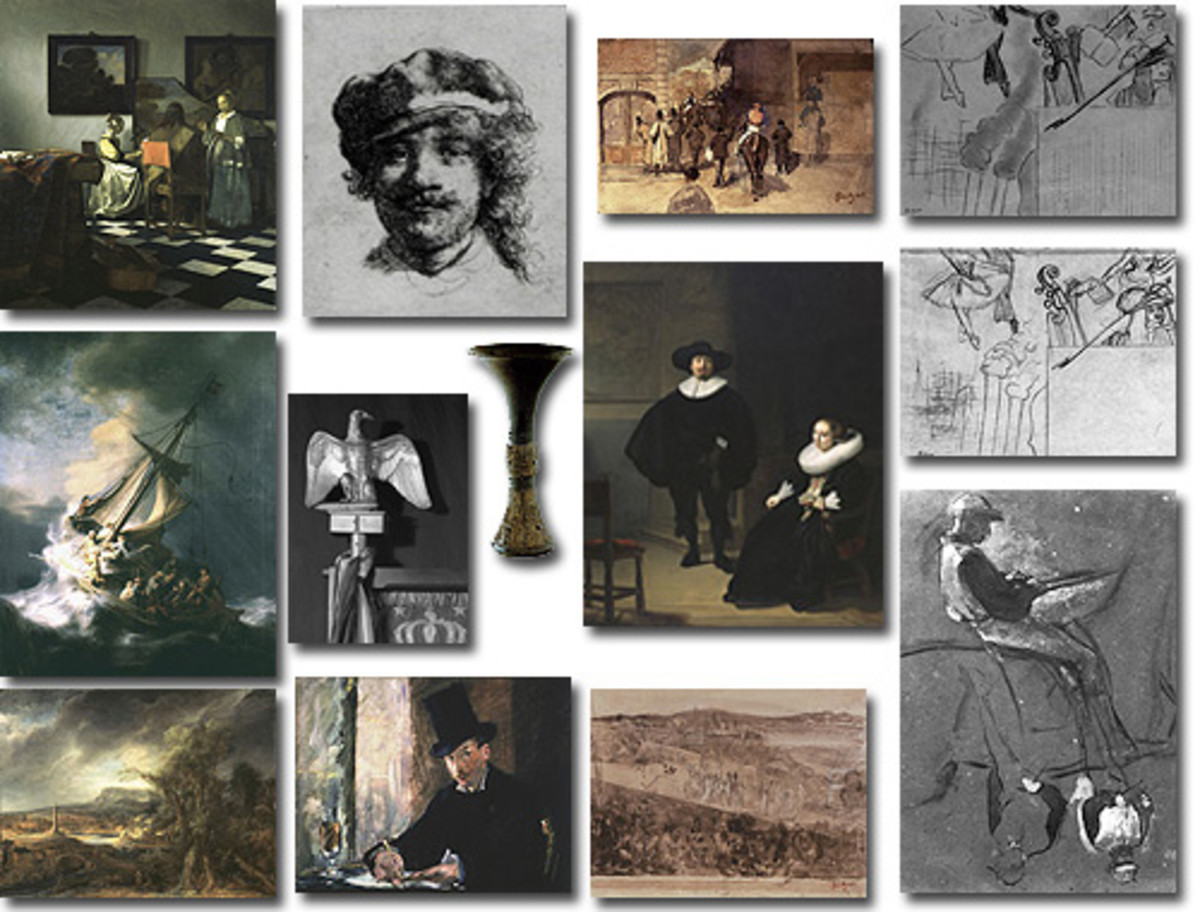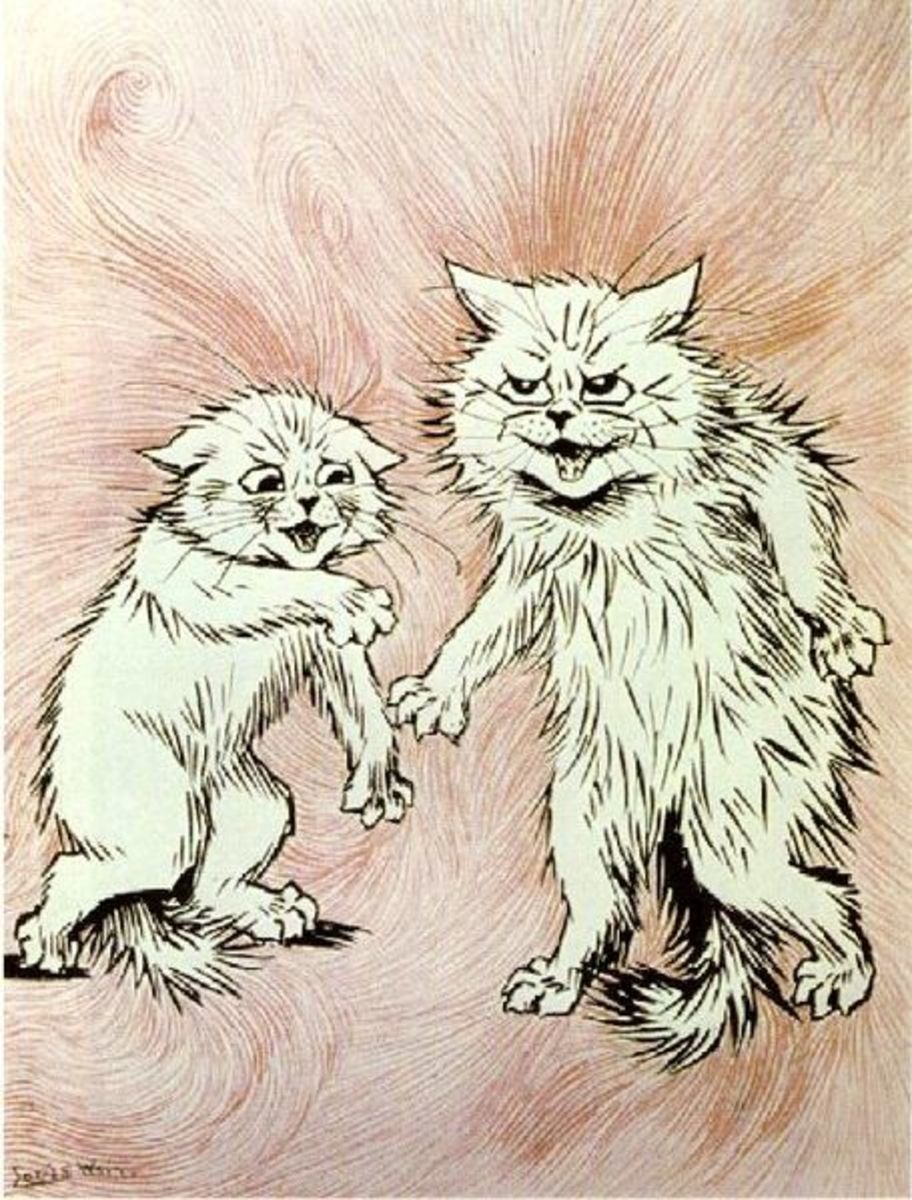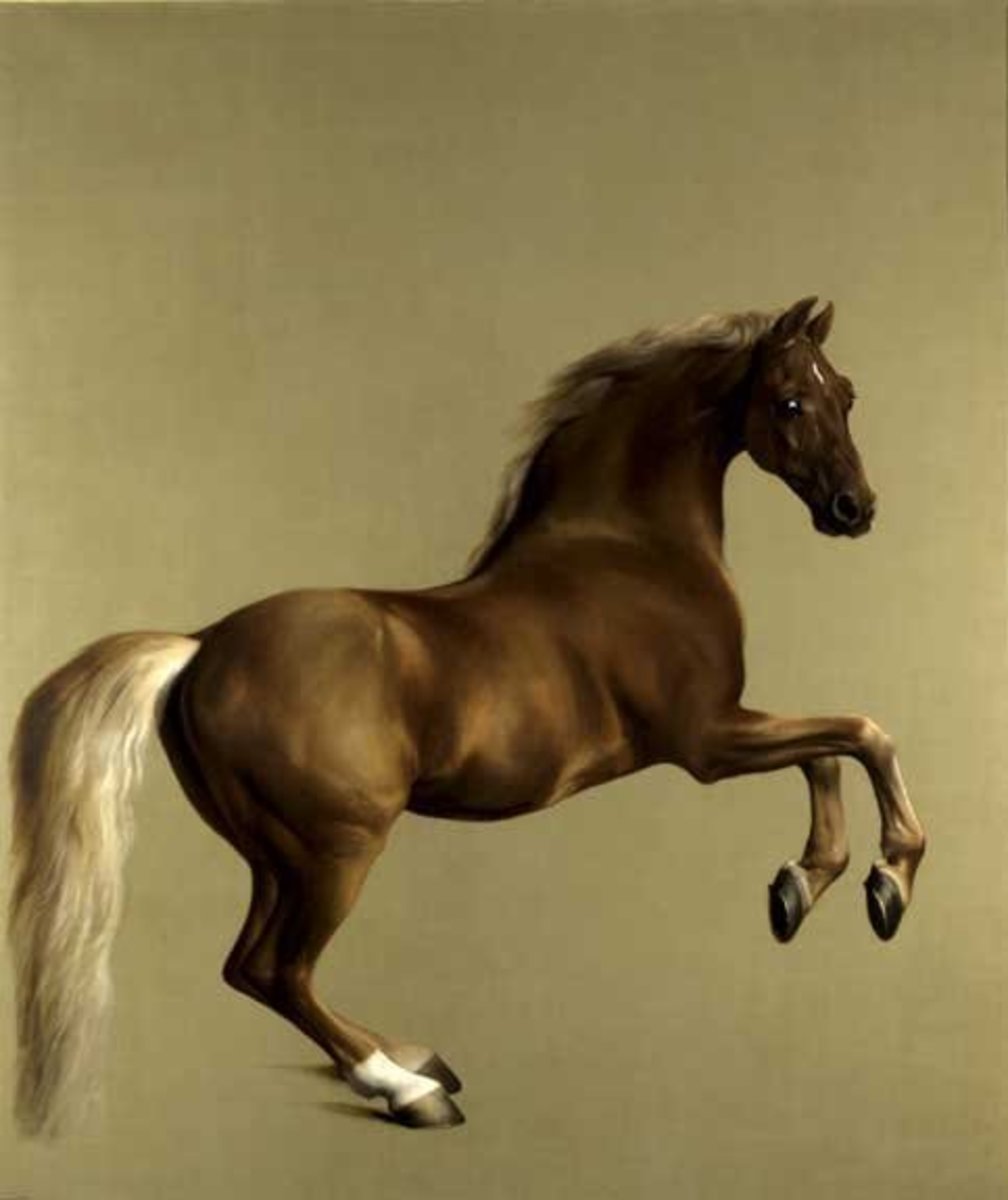Albert Pinkham Ryder Biography
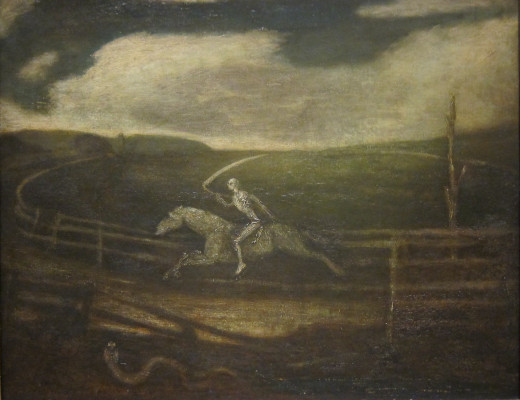
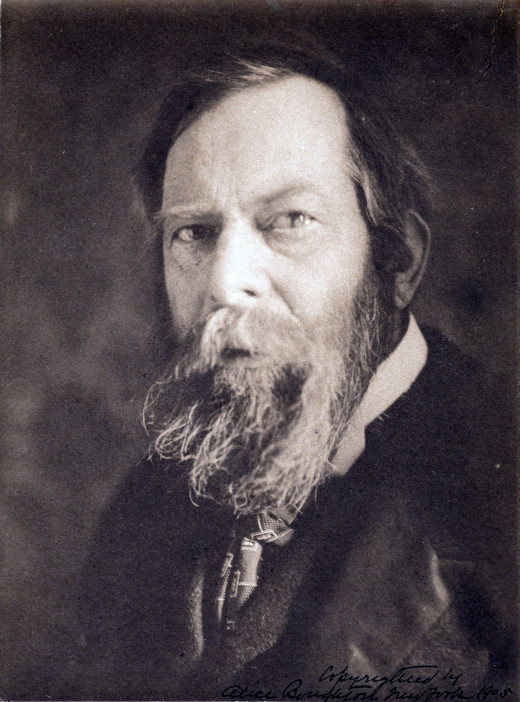
Albert Pinkham Ryder is known for his grim, flowing paintings of seascapes. His work has a mystic quality, making Ryder one of the few American Symbolist artists. He could be described as America's visual counterpart to Edgar Allen Poe. Ryder has also been viewed as the only artist to stand out from the stagnant void of American art in the early 20th century, which had no unique American direction. In the 1913 Armory Show, which introduced Modern art to American, Ryder was the only American artist exhibited alongside Vincent van Gogh, Matisse, and Cezanne.
Ryder was born in New Bedford, Massachusetts on March 19, 1847. New Bedford, which was a port town that relied on the whaling industry, supplied Ryder's subject matter later in life. Ryder was largely self-taught, rejecting much of what he learned at the National Academy of Design in New York City, and not directly associated with any major art movements, although his work shares many of the characteristics of Symbolist art. He exhibited his first painting at the National Academy of Design at the age of 26 but created his best, most distinctive work in his 30s and 40s.
Ryder also helped to create the Society of American Artists in 1877, a group of painters who also rejected the doctrine of the National Academy of Design. He became loosely associated with James McNeill Whistler for a style of landscape painting that became known as Tonalism which was characterized by a dominant neutral tone.
Personality
Ryder had a distinct mossy beard like Poseidon, hooked nose, and penetrating eyes. He was known to be a largely self-directed recluse, although his paintings were frequently exhibited and critically well-received. Like a character from a Tim Burton movie, Ryder lived and worked out of an attic. He rarely went out to mingle with other artists and seemed to experience anxiety about accidentally offending people.
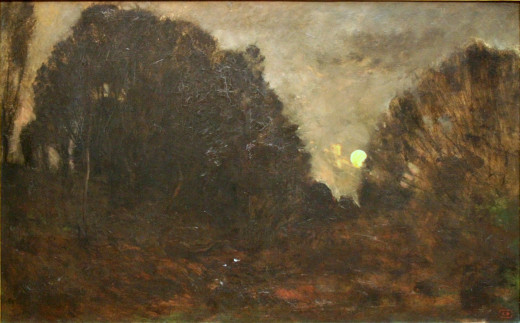
Influences
At age 30 Ryder went to Europe and studied Barbizon landscape paintings. He was also influenced by Romanticism. Symbolist painting grew out of Romanticism, which had a focus on the power of nature. Exposure to the Pre-Raphaelite painters also ignited an interest in Anglo-Scottish literature and myths in America. Several of Ryder's paintings are set in Scotland and some of Ryder's key patrons were Scottish.
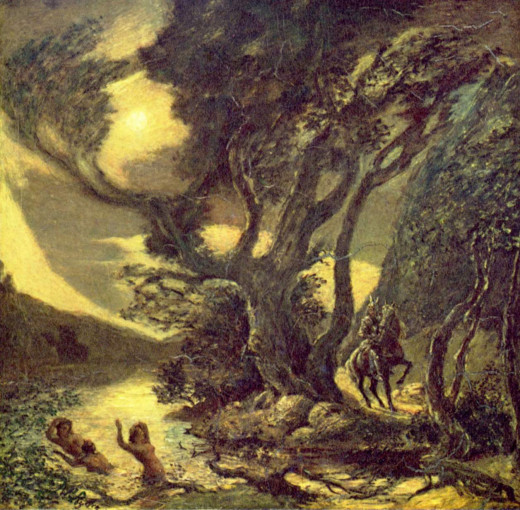
Technique & Style
His paintings as seen today have an unsaturated palette dominated by dark grays, browns, and greens. However his paintings may have been brighter when first painted because the way Ryder layered oil paint and varnish caused the paintings to darken over time. Ryder would repeat this process for up to ten years as he reworked his paintings off and on. Stylistically, he would warp elements of the landscape like trees and fences to bend in a way that reminds one of early Disney animation like Silly Symphonies' Skeleton Dance. His figures were Impressionistic, shadowy, and indistinct.
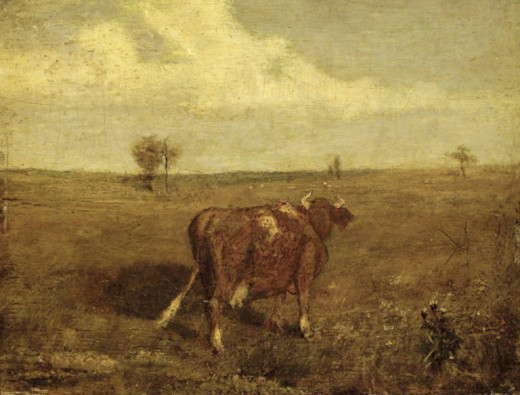
Landscapes
Ryder's earliest works were landscapes, somewhat in line with the National School of Design and somewhat defiant of it. These were typically small, less than a foot in width and length, subdued, and often featured blurry farm animals. His impressionistic tendencies are already present, in stark contrast with the tradition of the National Academy of Design, which was founded by Thomas Cole and others who were associated with the Hudson River School, and was characterized by high contrast, high detail, rich palettes, expansive landscapes, and sunsets. However Ryder's diminutive paintings seem to express just as much, if not more, than the melodramatic landscape paintings that came before him. Instead of the drama and awe of an incompletely discovered America, we get the sense of simplicity, isolation, and quietness.
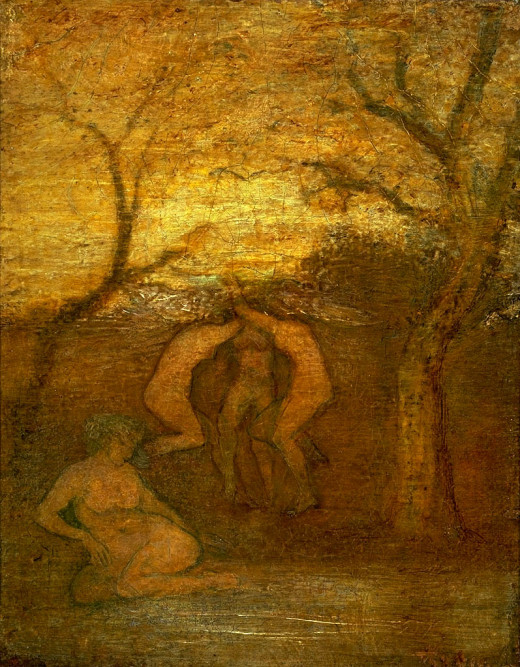
Mythical & Allegorical Work
As early as 1875 Ryder painted a Symbolist like piece entitled The Spirit of Autumn, but he didn't start exclusively working with this subject matter until the 1880s. Ryder's shift from seascapes to figural scenes was influenced by the painter Robert Loftin Newman who shared a studio with him. His mythical subject matter included knights, dryads, and Pegasus. He also painted Siegfried from composer Richard Wagner's work The Ring of the Nibelung, which is based on Norse mythology, and highly personal work like The Dead Bird.
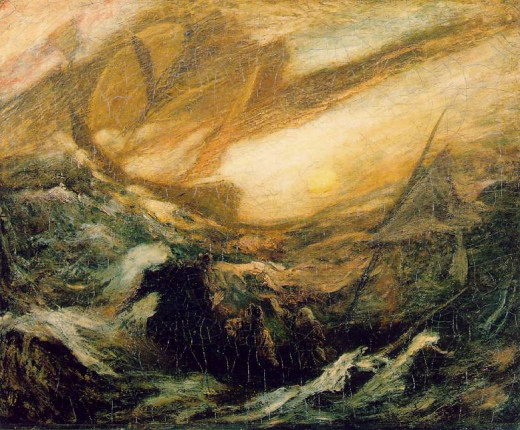
Seascapes
During the 1890s Ryder painted his renowned seascapes. Ryder's seascapes were not strictly realistic. If he painted a storm, it was because he felt emotional turmoil. He borrowed the Romantic notion of man being overwhelmed by nature and almost all of his seaside scenes were painted in moonlight. He combined his interest in folklore with seascapes in his painting of the phantom ship The Flying Dutchman. The tale of the Flying Dutchman comes from 17th century nautical folklore and unlike the Dutchman in the Disney version of Pirates of the Caribbean, the legendary ghost ship was never able to make port.
Weir's Farm
Ryder occasionally stayed with his painter friend J. Alden Weir at his beautiful farm in Connecticut. Ryder enjoyed the charm of the countryside but felt anxious about being around Weir's family. There he created a painting of the orchards that is somewhat comparable to the paintings Vincent van Gogh created during his stay at the mental asylum in St. Remy. Van Gogh and Ryder booth took solace in beautiful scenery from the anxieties of their lives.
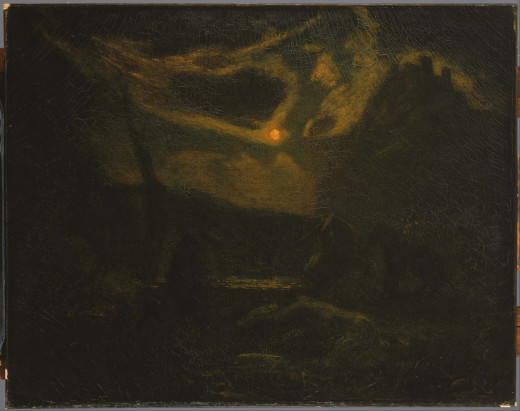
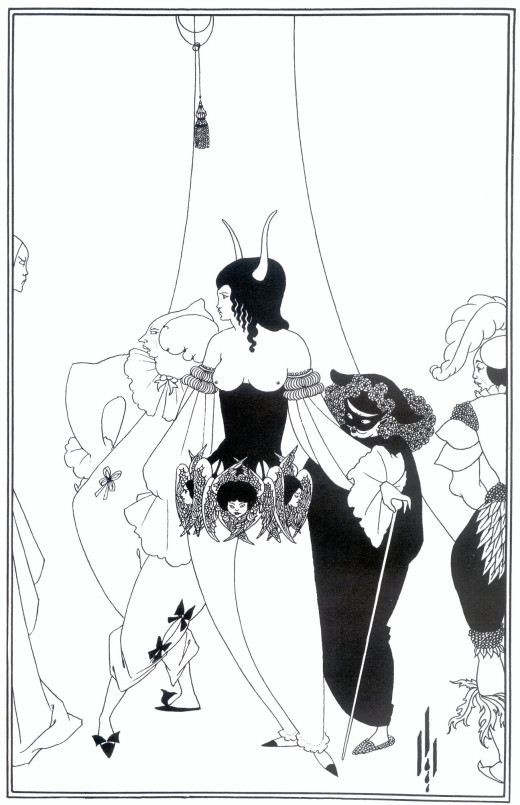
Literary Subject Matter
Work In subject matter Ryder can also be associated with the Pre-Raphaelites and illustrators through his versions of scenes from Shakespeare and Edgar Allen Poe. However his impressionist painting Macbeth and the Witches is very different from Pre-Raphaelite visions of Shakespeare,and The Temple of the Mind based on a work by Edgar Allan Poe is far more moody than any of the European pen and ink versions of Poe's stories.
Later Life & Legacy
Ryder never overcame his reclusive tendencies, especially after his father died. After 1900 he no longer actively sought to exhibit his work and mostly spent his time reworking old paintings. He became a bit of a hoarder, collecting trash, dishes, and clutter in his studio. He had few visitors but he did enjoy writing letters until he died in poverty at the age of 70.
Jackson Pollock, who would help to give America the artistic identity it lacked, admired Ryder's commitment to his unique aesthetic. Ryder was frequently imitated by early 20th century painters, and also frequently forged. Forgery was easy considering Ryder never signed or dated his work, as if he didn't care about preserving his name, willing to let it fade into oblivion.


